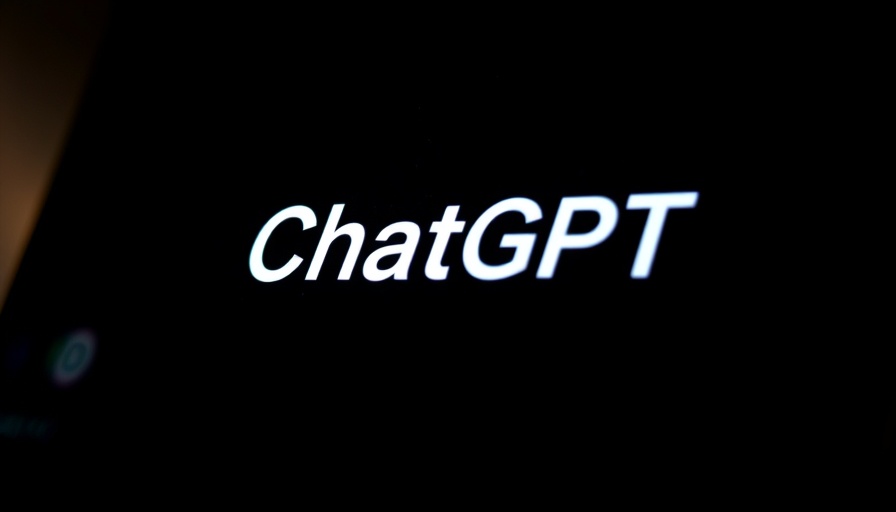
OpenAI’s Groundbreaking Image Generator: What to Expect Now
OpenAI’s new image generator, utilizing the advanced capabilities of the GPT-4o model, is now available to all users. This exciting feature, previously restricted to paid ChatGPT subscribers, has initiated a frenzy among users eager to produce unique images.
Although details about the exact number of images available for free-tier users remain vague, CEO Sam Altman revealed a limit of three images per day. This limitation, however, has not deterred users from exploring the tool’s capabilities.
A Surge in Demand: The People’s Image Maker
Since its launch, the image generator has seen a massive surge in demand, with Altman humorously stating that the weight of this interest resulted in their GPUs “melting.” Users are harnessing the tool to create images in various styles, including notable takes on Studio Ghibli animations.
Despite its artistic applications, this innovation has raised eyebrows regarding copyright and ethical considerations. For instance, using the generator to create images closely mimicking established styles poses questions about the legality and ethics surrounding AI-generated content. Additionally, some individuals have reportedly utilized this technology to produce fraudulent documents, like fake restaurant receipts. OpenAI maintains that such images contain metadata indicating their AI origin and has plans to take action against those who misuse the tool.
Funding and Growth: OpenAI's Financial Success Story
Financially, OpenAI is thriving. In a significant move, the company secured $40 billion in funding, valuing it at $300 billion. This financial bolstering comes as ChatGPT reached remarkable user engagement, boasting 500 million weekly and 700 million monthly active users. The incredible growth reflects the increasing integration of AI technologies into everyday life as users become more curious and experimental.
Ethical Implications of AI Image Generation
The advent of AI-generated images brings up pressing ethical questions. On one hand, technology empowers creativity, allowing users to produce exceptional content with minimal effort. On the other hand, it potentially leads to misuse and challenges regarding ownership of the creations. The fine line between inspiration and imitation in art has blurred further, necessitating an urgent conversation about digital copyright laws.
One important aspect here is audience awareness. As users explore what these tools can create, the responsibility lies not just with developers but also with users and consumers to understand and navigate the landscape of AI-generated content ethically.
Future Trends in AI Image Generation
Looking ahead, innovations in AI image generation promise even more enhancements and integrations into various fields—from marketing to education. The technology is poised to enhance creativity across industries, potentially offering a vivid avenue for expression. As the technology matures, we can expect improvements in output quality and potential features that could revolutionize how we think about design and creativity in professional environments.
Final Thoughts and Community Engagement
As the conversation about AI-generated images continues to evolve, it’s clear that this technology presents an exciting frontier for creativity. Users should engage with these advancements cautiously, evaluating the implications of their use and encouraging discussion around the ethical aspects associated with AI tools.
If you’re excited or concerned about how these tools play into your creative work, join the conversation and share your thoughts below. Your insights could contribute to shaping the future of AI in the art world.
 Add Row
Add Row  Add
Add 



Write A Comment